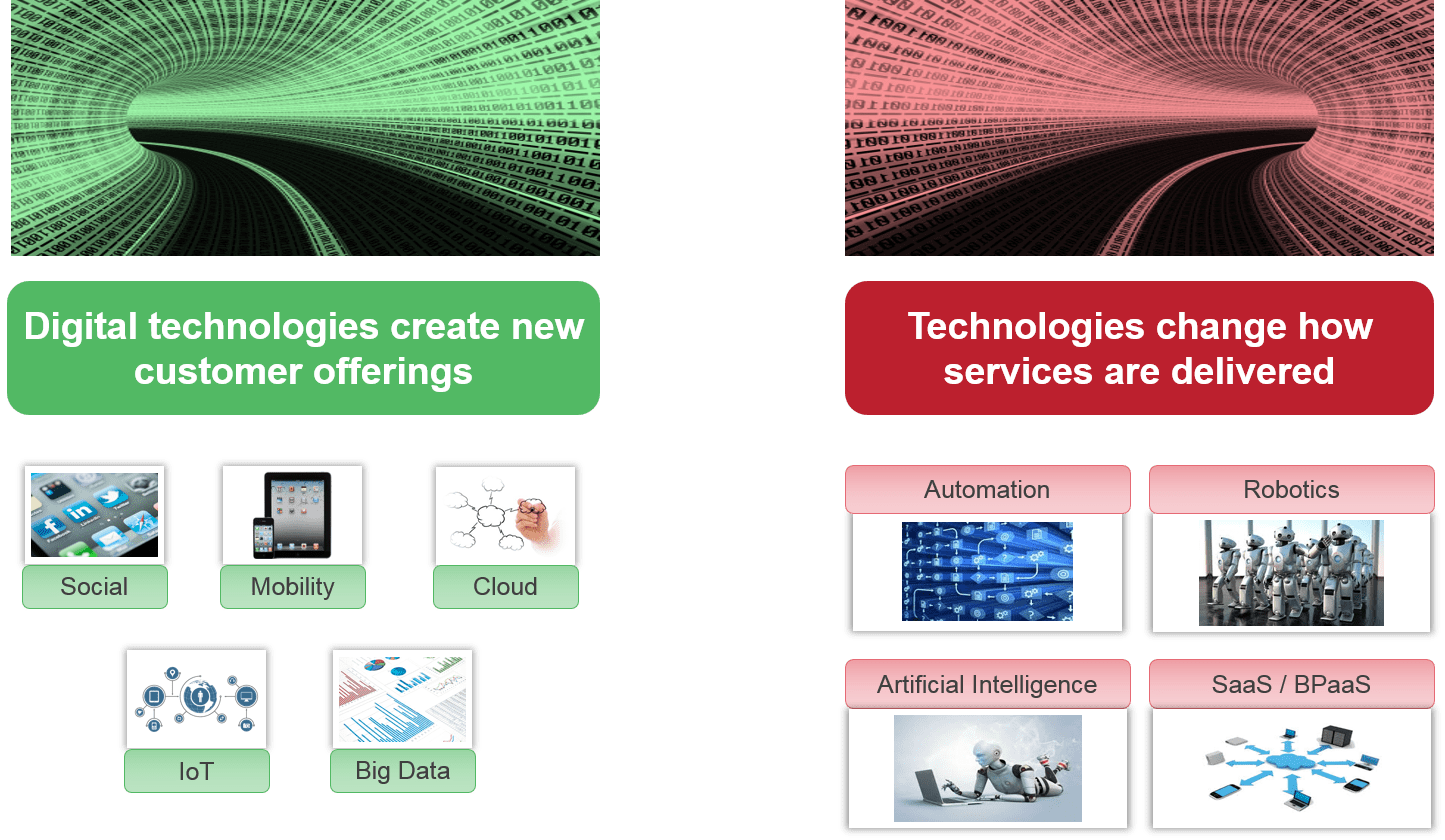HCL vs. Wipro Soccer Matchup & the Digital Services Hullabaloo | Sherpas in Blue Shirts
In the last 10 days, analysts tracking digital services across the world woke up to highly savvy India-heritage service providers lapping up marquee digital deals in the world of sports. These new partnerships include HCL and Manchester United (soccer), Wipro and Chelsea (also soccer), and Infosys and the ATP World Tour (this one in tennis.)
These deals are prized because of the impact they create.
- Strong digital services pedigree for these service providers: Because of their brand association with offshoring, labor arbitrage, and pure-play services focus, the India-heritage providers have traditionally been frowned upon when they entered the discourse on digital and technology products and platforms. Such deals will go a long way in changing this pedigree and association
- Brand recall and stakeholder connect: Digital services are a different ball game. As you are not necessarily selling to the CIO, you need to reach stakeholders unreachable through the traditional sales route. These deals are excellent in that regard. For instance, Manchester United has 659 million followers across the world, second only to Facebook. Imagine the kind of global reach and exposure the deal creates for the HCL brand!
Sponsorship deals under the garb of services?
As an industry analyst, I am used to analyzing deals for their profitability and total contract value, i.e., the impact they create on the books in upcoming quarters. Looking at the above deals through this lens, I immediately saw that these are not traditional services deals. In fact, something tells me they will not figure similarly on the accounts as other services deals do. Indeed, Infosys candidly called out that it will be a “Global Technology Services Partner and Platinum Sponsor” of the ATP World Tour. Hence, it does not take a Sherlock Holmes to deduce that these three deals are essentially sponsorship arrangements (with an inbuilt services component) that the service providers have entered into under the garb of a services construct. A very easy way to decipher this is to compare the positioning of HCL’s and Wipro’s logos on the Manchester United and Chelsea websites, respectively. It makes it very clear which provider “spent” more on their “sponsorship.”
Take a look at the Manchester United website and you’ll see HCL’s logo is at the top of the page, right on top of ManU’s.
But when you check Chelsea’s website, you have to scroll all the way down to discover Wipro’s logo sitting in a corner sulking with Singha Beer for company.
So what?
Am I contemptuous of this sponsorship-deals-under-the-garb-of-services construct? Not at all! In fact, I am pleasantly surprised by the gumption shown by HCL, Infosys, and Wipro in taking this leap of faith to build a strong brand connect and pedigree. It shows they are willing to challenge the traditional constructs and meet the digital market head on. In a highly consumer-oriented world, new business will not come by just being efficient nerds. India-heritage companies are up against the likes of VC-funded start-ups, reforming technology majors (Google, IBM, Microsoft) and niche enterprise software firms (NetSuite, Workday, etc.,) all of which have stronger credentials in digital constructs. Given the buzz these deals have created, there is enough market validation for the tactical approach taken by these service providers. What is even better is that these are not typical paid sponsorship deals – these service providers will actually be providing services that will be touch and feel for millions of fans of these sporting giants. If they successfully manage it, this will create an exponentially stronger brand recall compared to what they have achieved in decades – being efficient service providers to enterprises, working in black boxes.
Hence, do not be surprised if TCS, which sponsors the New York Marathon (and many other races), turns around tomorrow and says that it is sponsoring managing all IoT (health sensors, speed sensors), platforms, and analytics of the race.
Keep watching this space for more on these developments!
Photo credit: Flickr



